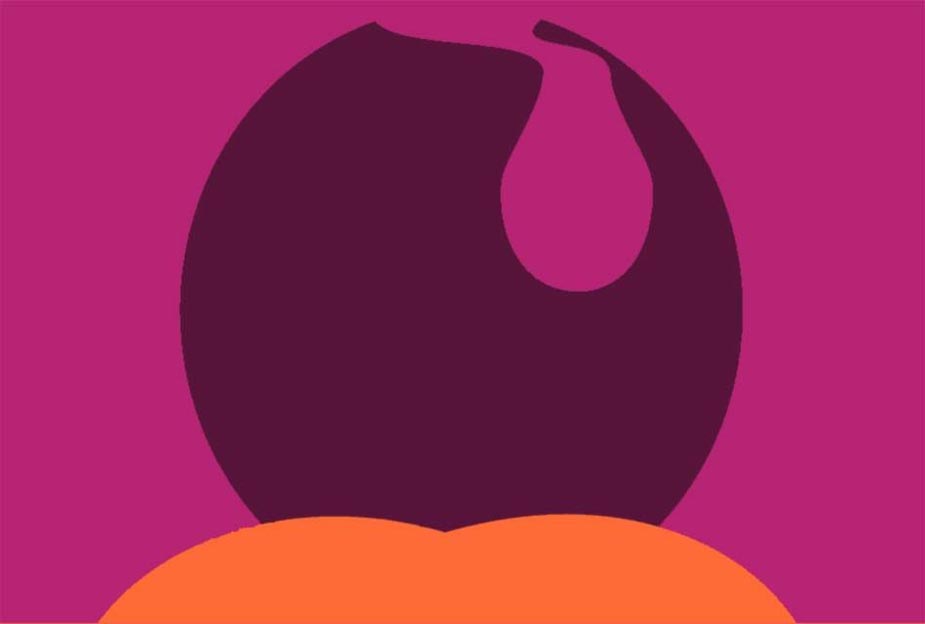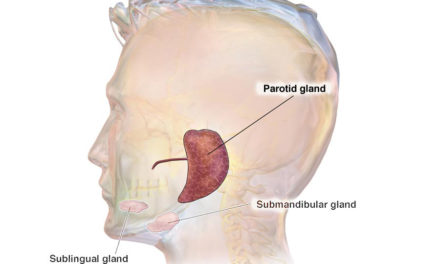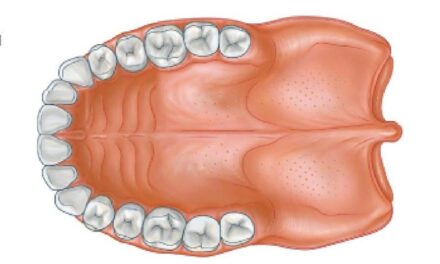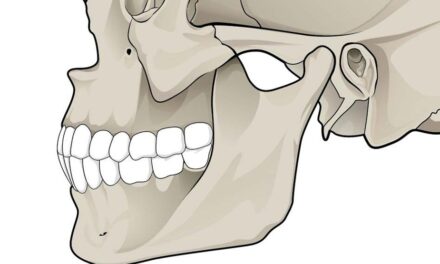Updated 2nd of March 2021
The uvula is the conic projection from the edge of the soft palate, made of muscle fibres, connective tissue, and glands that produce saliva. Its name comes from the Latin word ūvula, which means small grape.
Uvulas are useful in swallowing, speaking, and producing saliva. They also play a role in whether or not we snore.
Anatomy
The uvula hangs from the soft palate, a structure of the mouth that does not contain bone and is part of the palate. In contrast, the hard palate is bony, and located at the front of the soft palate.
The uvula a fleshy teardrop-shaped structure, usually less than 1 cm, that is an extension of muscles and tissue of the soft palate, right before the throat and pharynx.
A bifid uvula is the splitting in 2 of the uvula, which occurs in about 2% of the population. Bifid uvula is a common symptom of Loeys–Dietz syndrome, which is a rare genetic syndrome that can be associated with a higher risk of aortic aneurysm.
Function
For a long time we thought the uvula didn’t serve a purpose. But that idea has been demystified and we know today that there are several things that the uvula does:
- It stops food and liquid from entering the nose when you swallow. It does this by covering the nasal passage, as the soft palate lifts up when swallowing. This function also stops a person from choking as it triggers the gag reflex when a large piece of food gets to the back of the throat.
- The uvula secretes saliva that keeps the inside of mouth and throat well lubricated while eating and talking. The secretion of saliva makes the uvula part of the first line of defence against bacteria and virus in the mouth.
- The muscles inside the uvula are capable of rapid and repetitive movements that is needed for complex speech and singing.
Anomalies and diseases
Uvulitis is the inflammation and expansion of the uvula, causing it to have a size increase of 3 to 5 times. This can intensify the sensation of gag reflex, but can also cause difficulties with eating, talking and breathing. Uvulitis may be caused by dehydration, infection, snoring, ulcer, smoking, or allergic reaction. Possible treatments are drinking fluids and gargling with salt water. But if condition doesn’t go away, it’s important to consult your doctor.
Having an elongated uvula may be one of the causes of snoring and obstructive sleep apnea, where sleep is interrupted by parts of the throat, cutting air flow at night. Uvulopalatopharyngoplasty (or UPPP) is the removal of an elongated uvula, but its success for sleep apnea treatment is unknown and controversial. People can live well without their uvula, but can complain of dry mouth or dry throat because it doesn’t produce saliva anymore.
Velopharyngeal insufficiency occurs when the uvula and the soft palate do not close properly against the back of the throat, in order to seal off the nose when speaking. This causes nasal speech and the person has difficulty pronouncing the letters b, m, and ng.
References
- McNamara R M. (Clinical characteristics of acute uvulitis). Am J Emerg Med. 1994 Jan;12(1):51-2.
- Pia V, Thomas H, Stewart C. (Long uvula: an unusual cause of chronic cough). Postgrad Med J 2004;80:116.
- Science Alert, (Watch: What Does Your Uvula Do?).
- Wikipedia, (Palatine uvula).
- UFHealth, (Uvulitis).
The information above should be used as a reference only. Any medical decision should not be taken before consulting a health care professional.




